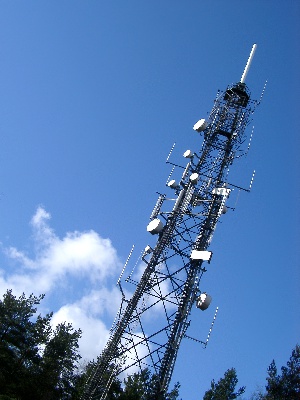The Ghana Investment Fund for Electronic Communications (GIFEC) is to construct 80 rural telephony sites this year to help extend the coverage of wireless mobile telephone services to vulnerable communities nationwide.
The Principal Programs Manager of GIFEC, Michael Agyei Takyi has said the project will help improve the communication coverage in the country.
“The ultimate objective of the program is to achieve virtually 100% mobile telephone service coverage throughout the country, and to also increase telephone subscribership to as many citizens as possible” he indicated.
Mr. Takyi said GIFEC in collaboration with Ericsson and MTN have signed a memorandum of understanding to construct 55 sites using the GIFEC model and a further 25 sites under the GIFEC HUB project.
He added that GIFEC will be responsible for everything associated with the permits and land acquisition while MTN will be the service provider with Ericsson supplying the infrastructure and maintenance support.
“To deliver these services will require installation and operation of appropriate network and infrastructure although the precise configurations for each location and project will be technology-neutral, and determined on a case-by-case basis”, Mr. Takyi said.
The criteria for the site selection and implementation of the rural telephony project include a formal request by the communities or villages with no existing services from the operators, communities with population of one thousand (1,000) or more, areas where the mobile network operators (MNO), would ordinarily not go but yet need connectivity and through requests from relevant stakeholders.
He said that “The Rural Telephony Project is to extend the coverage of wireless mobile telephone services as far as possible into all areas of the country where access to such services is not adequately available, and where existing licensed operators have proven unwilling or unable to expand their networks, due to commercial or other constraints.”
The rural telephony project is a self-supported mast erected with microwave and wireless antenna installed on it. It has a radio antenna installed on the mast with a cabinet housing the indoor unit. A solar panel to provide the power source for the equipment is also installed.
So far 51 sites have been constructed and are being used by the Mobile Network Operators to provide service to the beneficiary communities.
Business News of Friday, 26 February 2016
Source: B&FT Online

















